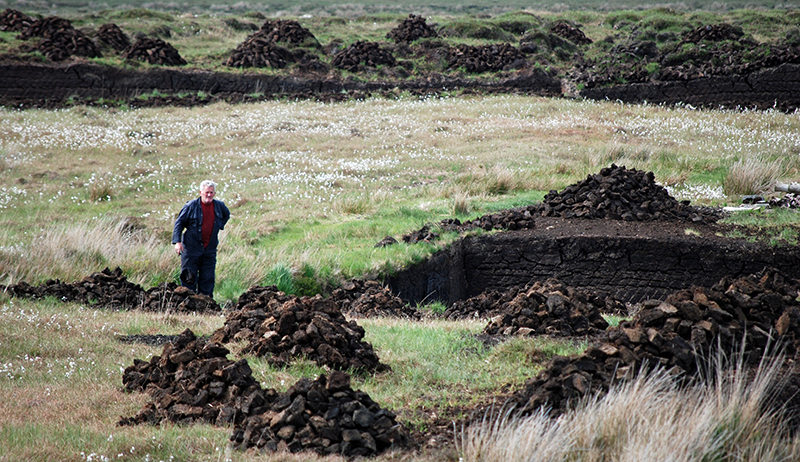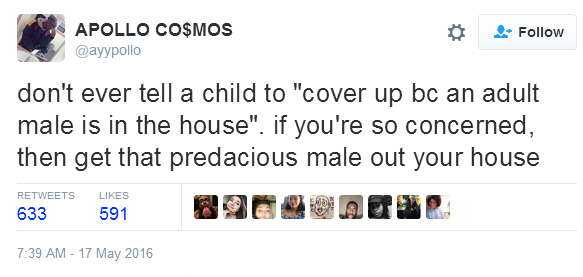
3 Soil Inputs that Beat Peat
If you rely on peat for your soil mix, try one of these other more sustainable alternatives.
My latest article on Hobby Farms
Bagged or baled peat is a regular offering at most garden centers,
but in recent years, more attention has been paid to how this histosol is unsustainably extracted from the earth.Peatlands—also called bogs or mires—are unique and vital water-saturated habitats that house a number of threatened species: Acidic-soil
lovers, like carnivorous plants and heathers, are among them. Like
forests, peatlands are carbon-sequestering sinks, often hosting
thousands of years of successive layers of low- and slow-growing plant
deadfall, as well as sphagnum moss.When peat is harvested in strips for use in the garden (or worse, for
use as fuel), these delicate biomes that have taken eons to form are
irreparably damaged. In building gardens that require low pH
or high-organic-matter soil, consider a number of sustainably-produced
alternatives to keep the integrity of these non-renewable ecosystems
intact. Although these solutions require some experimentation, they
provide the basic building blocks for rich organic soil.
Peat is a limited resource and should be saved for things where only peat will do, by which I mean making whiskey.
If you’re interested in wood chip mulch (which is what I use as a weed-suppressor that decomposes into soil amendment) and you live in an area with plenty of trees, talk to local arborists. In big cities they may charge for their chips, but in lots of areas they’re a waste product and you can get ‘em free or for the cost of delivery.
If you have to go to a store and buy it in bags, there’s a good chance it was chipped just for this purpose rather than diverted from a waste stream, so the best bet environmentally in this case is also the best on your wallet!


